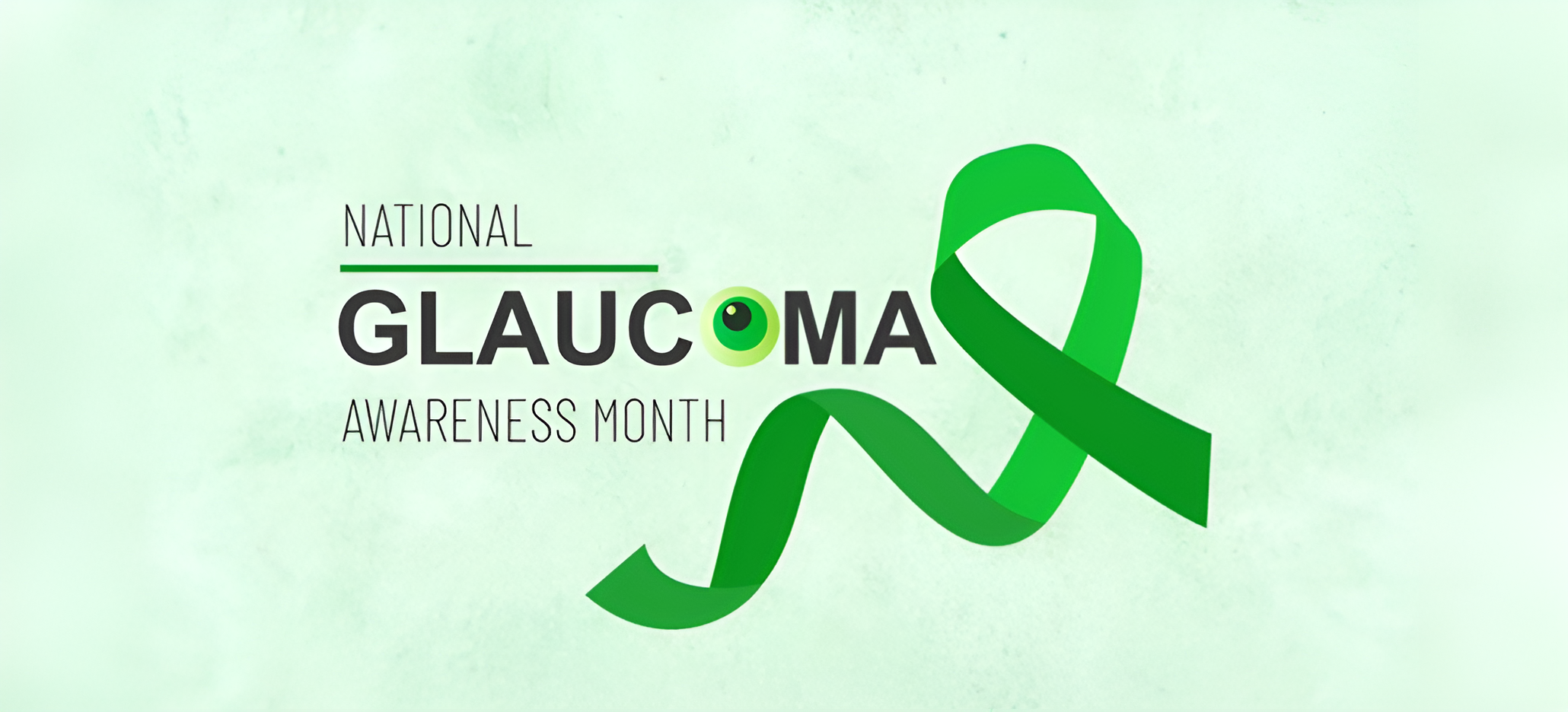
As the calendar turns to January, National Glaucoma Awareness Month serves as a powerful reminder of the importance of eye health and the proactive measures we can take to protect our vision. This month-long campaign highlights the silent but progressive nature of glaucoma, a condition that poses a significant risk to vision if left undetected or untreated. “See the Future Clearly” is not just a theme; it is a commitment to prevention, understanding, and the pursuit of better eye care for all.
What is National Glaucoma Awareness Month?
National Glaucoma Awareness Month is a dedicated time to spotlight the growing prevalence of glaucoma and the need for early detection and management. Recognized each January, this awareness campaign seeks to educate the public about the disease, its risks, and the simple steps individuals can take to protect their vision. Through community outreach, medical advocacy, and public health initiatives, the month emphasizes that awareness is the first step toward prevention. This global call to action unites individuals, healthcare professionals, and organizations in a shared mission to reduce the impact of glaucoma worldwide.
Understanding Glaucoma: A Quick Overview
Glaucoma is a progressive eye disease that damages the optic nerve, often due to elevated pressure within the eye. Left untreated, it can lead to irreversible vision loss, starting with peripheral vision and potentially resulting in blindness. What makes glaucoma particularly insidious is its asymptomatic early stages, which often delay diagnosis until significant damage has occurred.
There are several types of glaucoma, with open-angle glaucoma being the most common. This form develops gradually and is often painless, making routine eye exams critical for early detection. Angle-closure glaucoma, in contrast, presents more abruptly and can cause sudden eye pain, blurred vision, and nausea, necessitating immediate medical attention. Other forms include congenital glaucoma, secondary glaucoma, and normal-tension glaucoma, each with unique characteristics that underscore the complexity of this condition.
Globally, glaucoma affects approximately 80 million people, with estimates suggesting this number will rise in the coming decades. It remains a leading cause of blindness worldwide, particularly among individuals over the age of 60. These statistics highlight the urgent need for increased public education, access to screening, and advancements in treatment.
The Importance of Early Detection
Early detection is the cornerstone of effective glaucoma management. Because the disease often progresses without noticeable symptoms, regular eye exams are essential for identifying signs of optic nerve damage before vision is significantly impaired. Early intervention can slow or halt disease progression, preserving vision and improving quality of life for those affected.
Routine eye screenings should include measurements of intraocular pressure, assessments of the optic nerve, and visual field tests. These comprehensive evaluations enable eye care professionals to detect glaucoma at its earliest and most treatable stages. Encouraging individuals to prioritize their eye health and attend regular check-ups is a key message of National Glaucoma Awareness Month.
How to Participate in National Glaucoma Awareness Month
Participating in National Glaucoma Awareness Month can take many forms, from individual actions to community involvement. Spreading information about glaucoma through social media, sharing personal stories, and encouraging friends and family to schedule eye exams are impactful ways to contribute to the campaign.
Healthcare providers often organize free or reduced-cost screening events during January, making it an ideal time to take advantage of these services. Supporting organizations that fund glaucoma research or patient assistance programs can also make a meaningful difference. Every action, no matter how small, contributes to the larger goal of increasing awareness and reducing the burden of glaucoma.
Vision-Friendly Habits to Adopt This January
Adopting vision-friendly habits is another way to support glaucoma awareness while improving overall eye health. Regular eye exams should be a cornerstone of everyone’s healthcare routine, with frequency tailored to individual risk factors such as age, family history, and existing eye conditions. For most adults, a comprehensive exam every two years is sufficient, but those at higher risk may need annual screenings.
Incorporating lifestyle changes can also have a significant impact on eye health. Protecting your eyes from harmful UV rays with sunglasses, staying hydrated, and maintaining a diet rich in antioxidants are simple yet effective strategies. Foods such as leafy greens, fish high in omega-3 fatty acids, and citrus fruits support eye health and may reduce the risk of glaucoma progression.
Technology usage plays a significant role in modern life, but prolonged screen time can lead to eye strain. Following the 20-20-20 rule—taking a 20-second break to look at something 20 feet away every 20 minutes—helps alleviate discomfort and supports long-term eye health. Creating an ergonomic workspace with proper lighting and screen positioning further reduces strain, making these habits a valuable addition to daily routines.
National Glaucoma Awareness Month 2025 offers an opportunity to shine a light on a condition that silently robs millions of their sight. By raising awareness, promoting early detection, and adopting healthier habits, we can collectively work towards reducing the impact of glaucoma worldwide. The fight against this silent thief of vision begins with education and action, ensuring a clearer, brighter future for generations to come.
FAQ
The theme for Glaucoma Awareness 2025 centers on “See the Future Clearly,” emphasizing the importance of early detection, regular eye care, and community education to prevent vision loss.
Currently, glaucoma cannot be cured, but it can be effectively managed with early diagnosis and treatment. Medications, laser therapy, and surgical interventions aim to reduce intraocular pressure and prevent further damage to the optic nerve.
Individuals over 60, those with a family history of the disease, and individuals of African, Hispanic, or Asian descent face a higher risk of developing glaucoma. Additional risk factors include high intraocular pressure, thin corneas, and pre-existing conditions such as diabetes or hypertension.
The frequency of glaucoma testing depends on individual risk factors. Adults with no symptoms or risk factors should undergo an eye exam every two years, while those at higher risk should be tested annually. Regular screenings are crucial for early detection and effective management.
Categories
Company
Media
Follow Us
© Copyright Biotech /Terms Of Use - Privacy Policy
Version 2_CT_1212222
